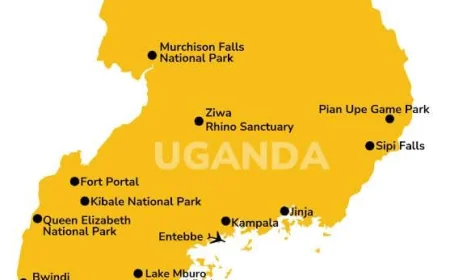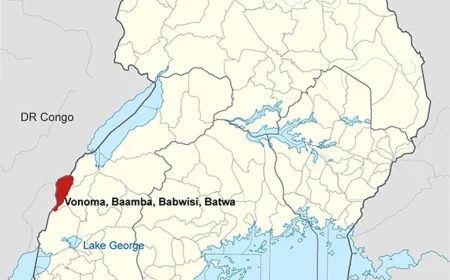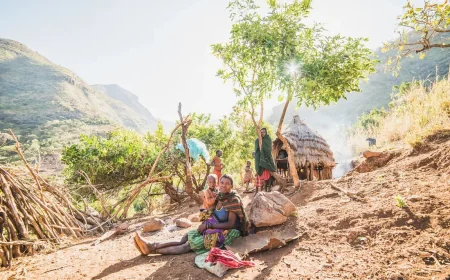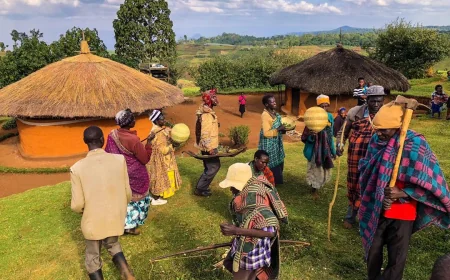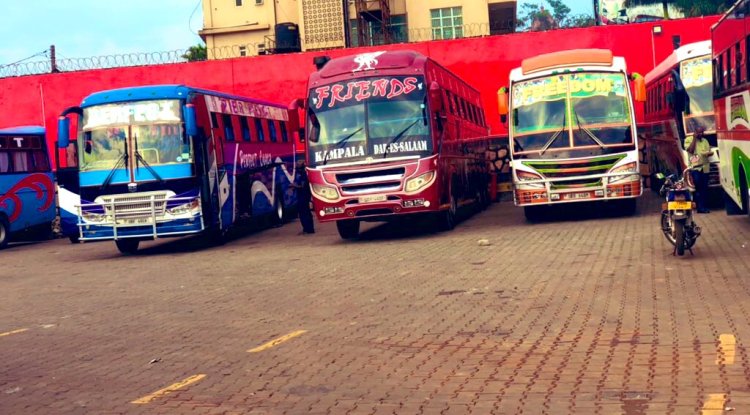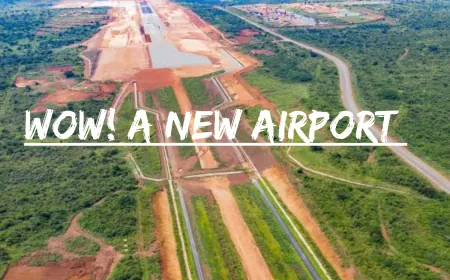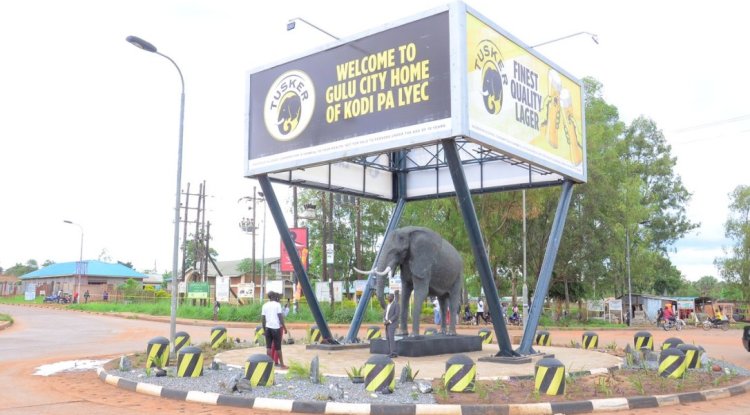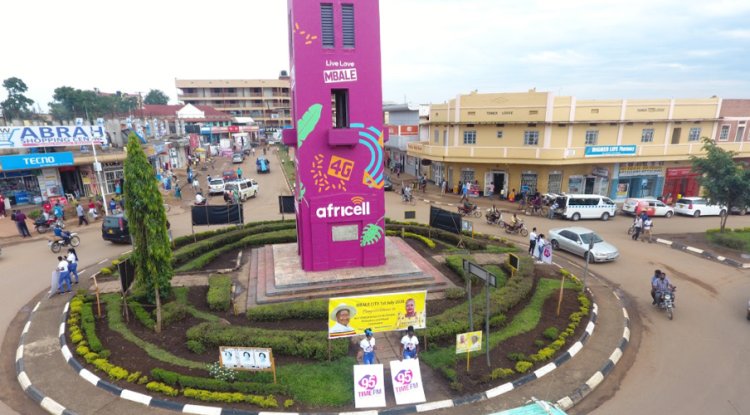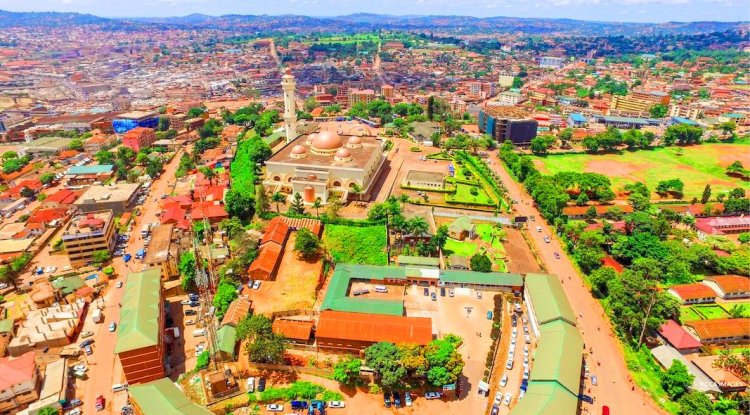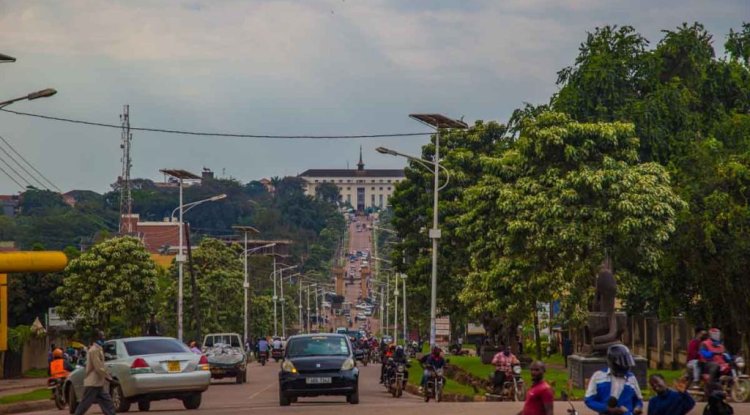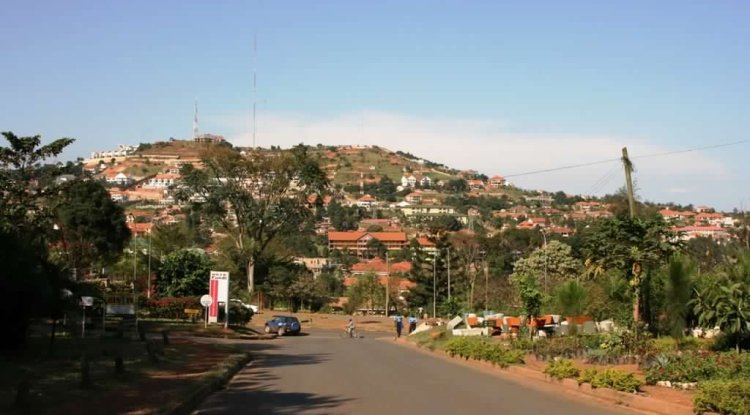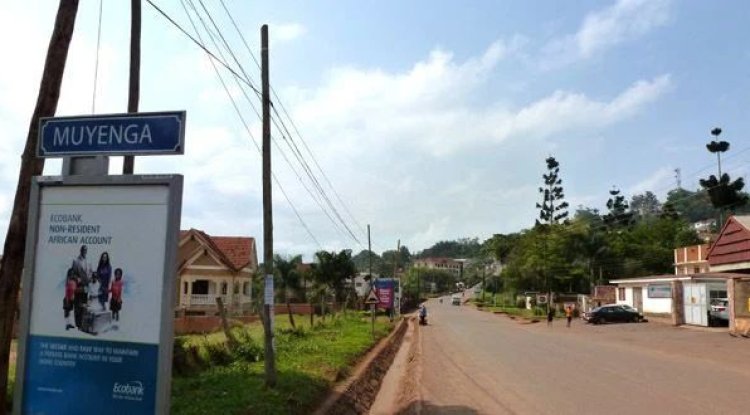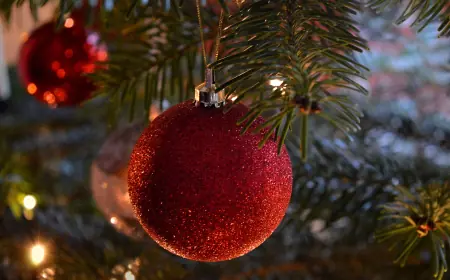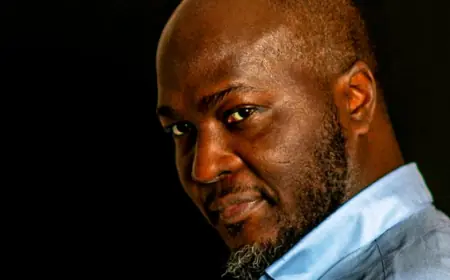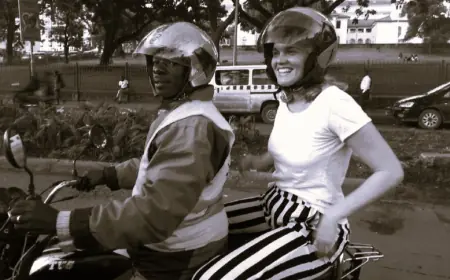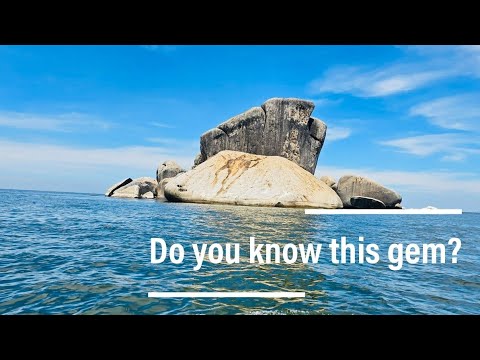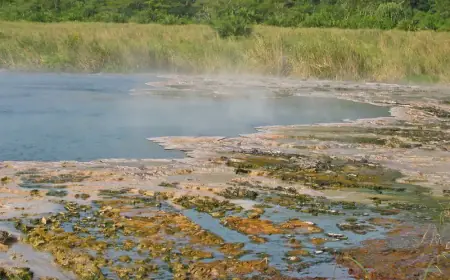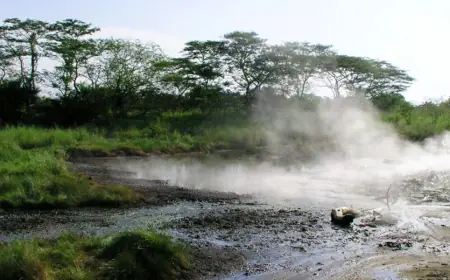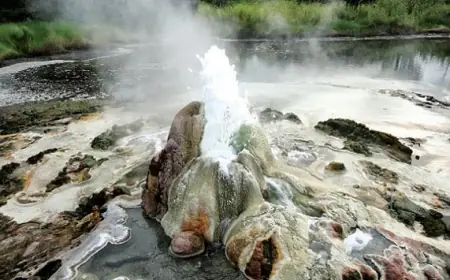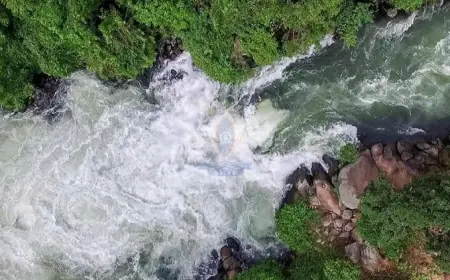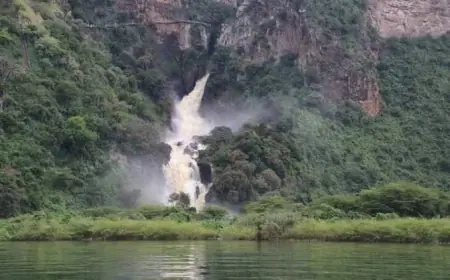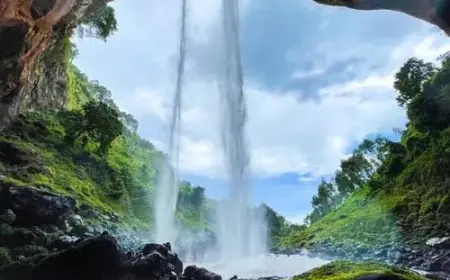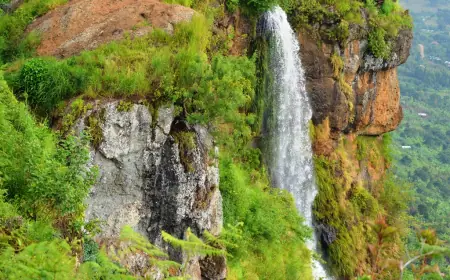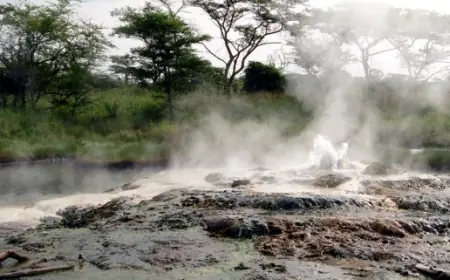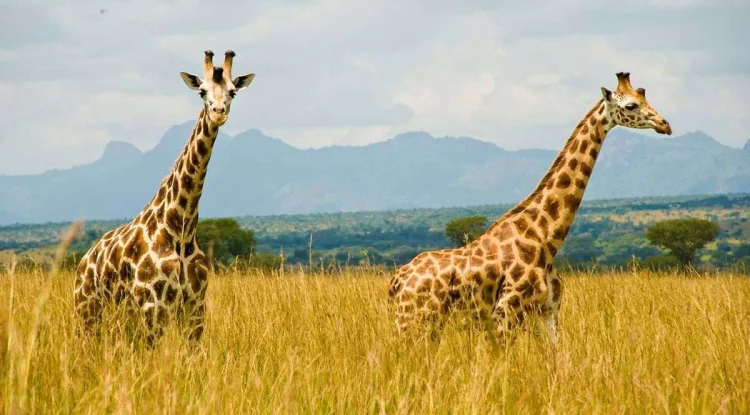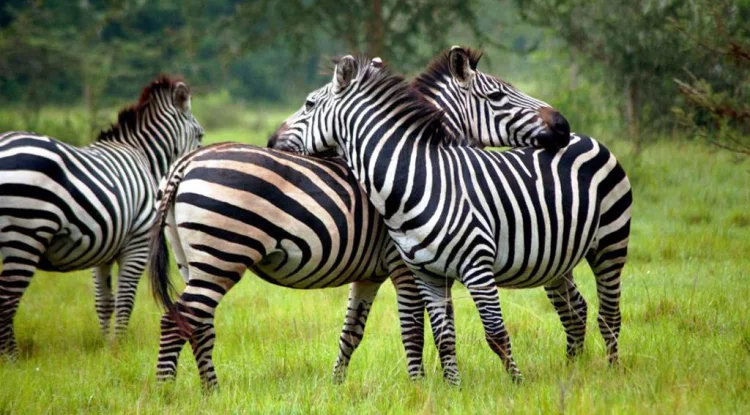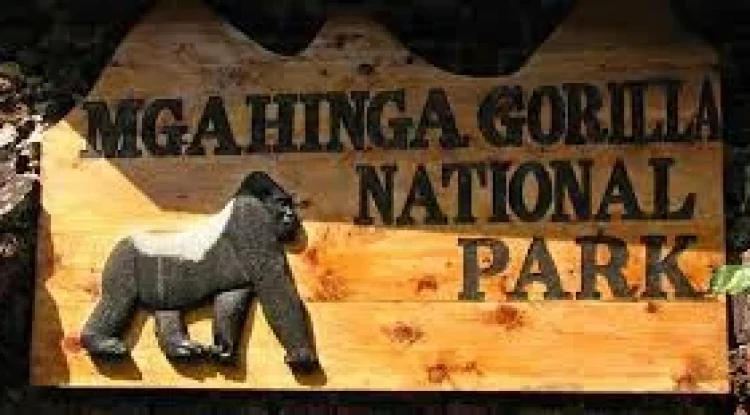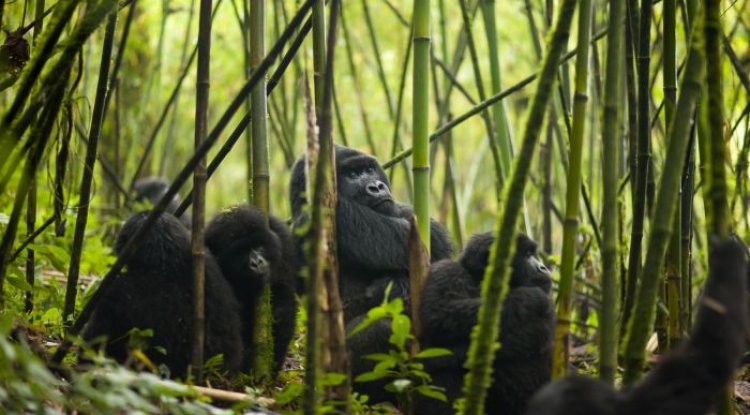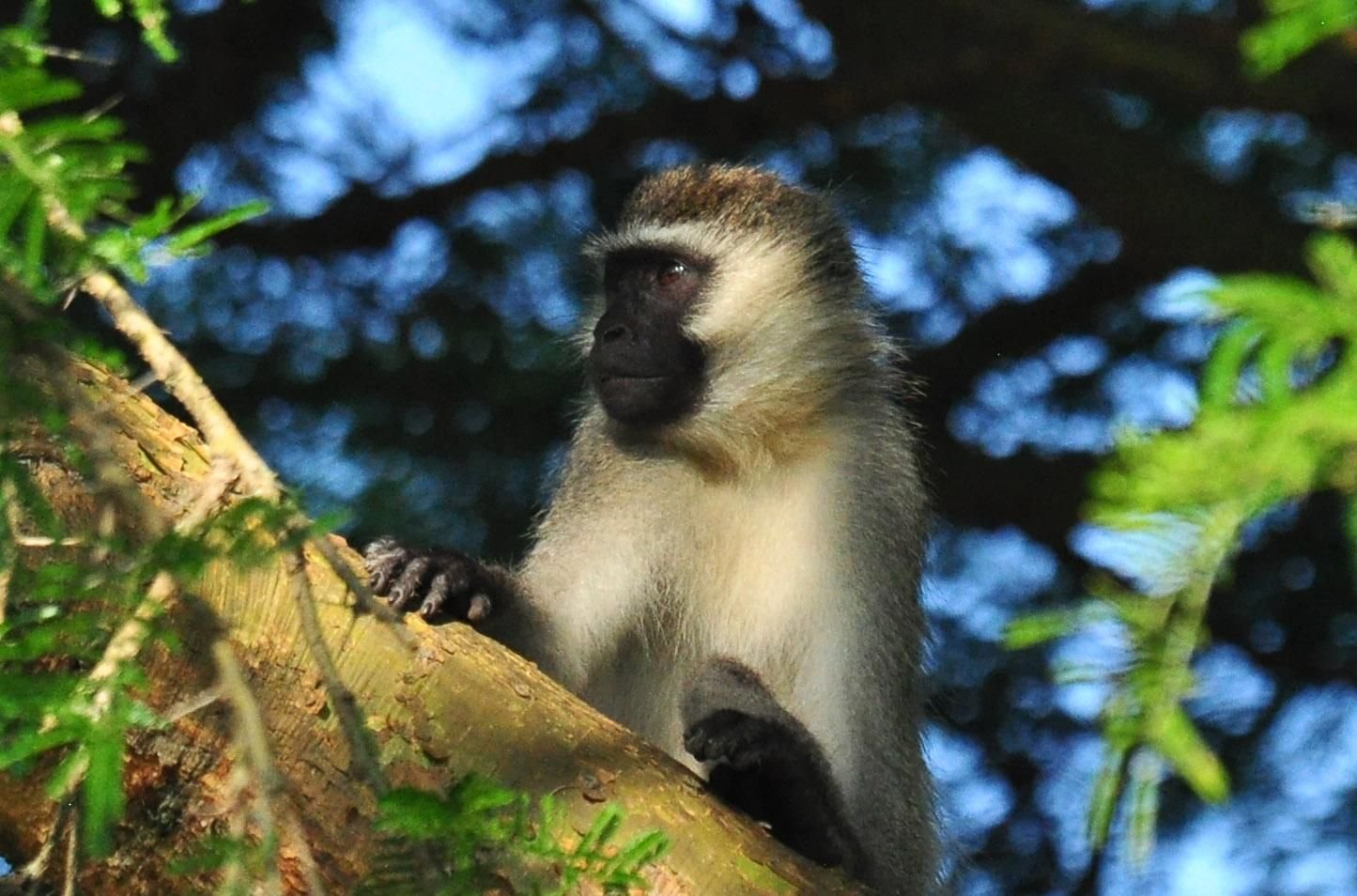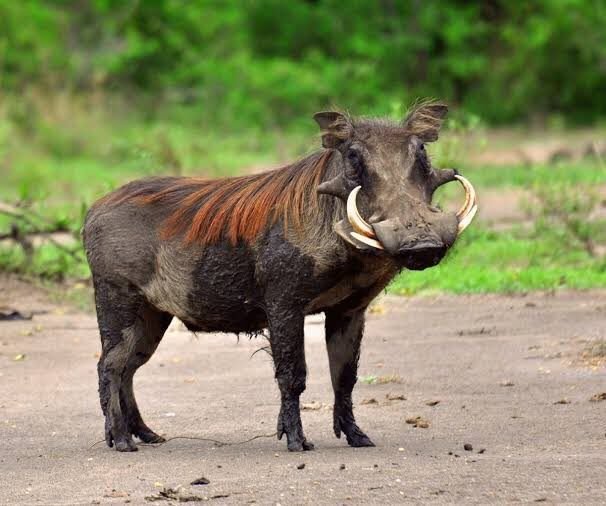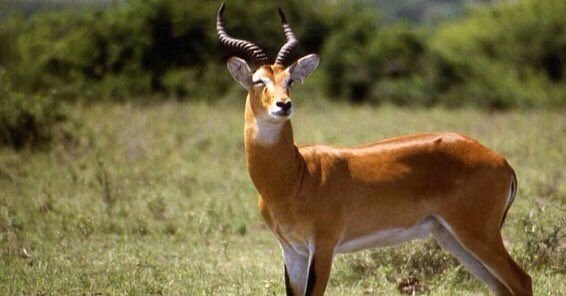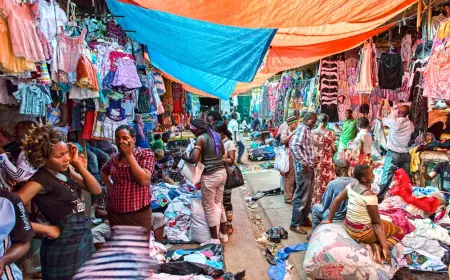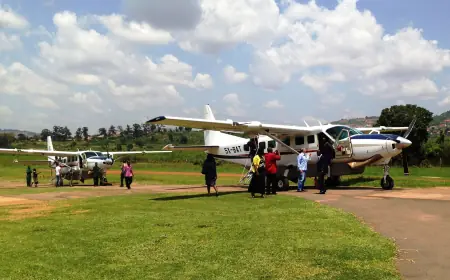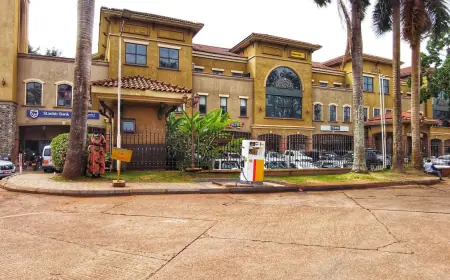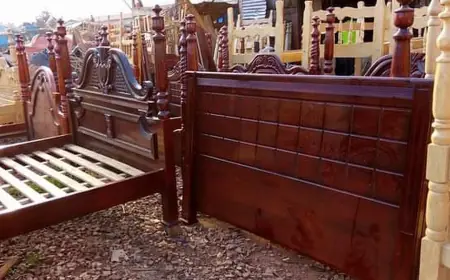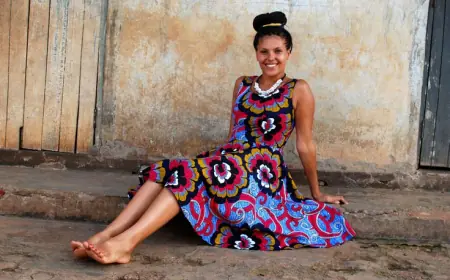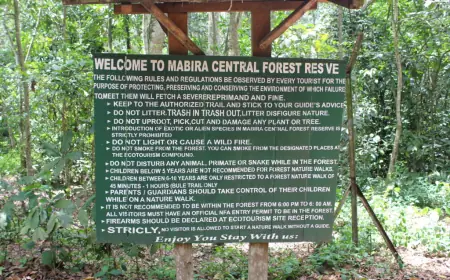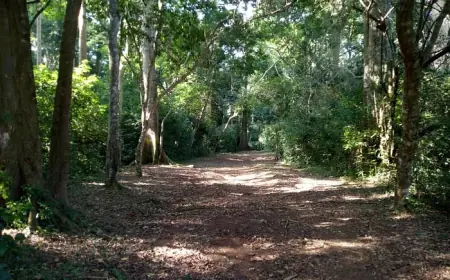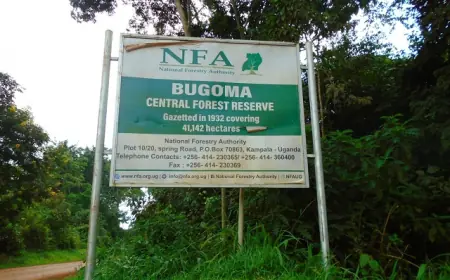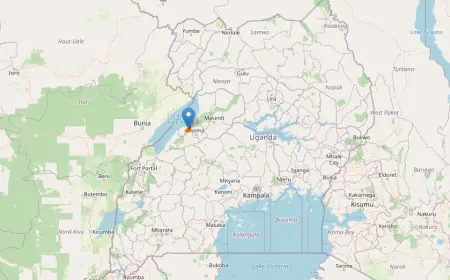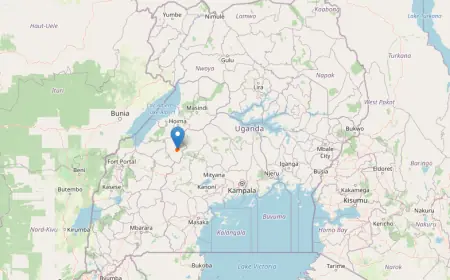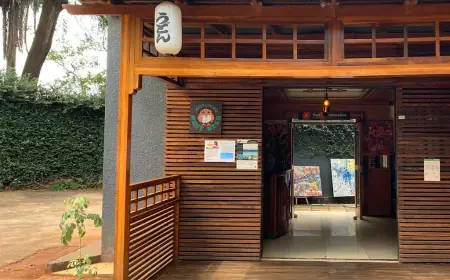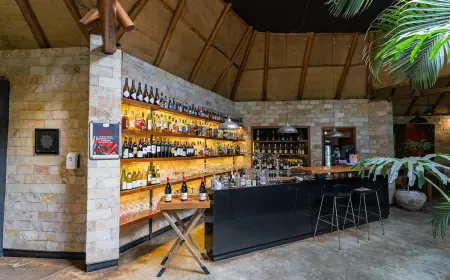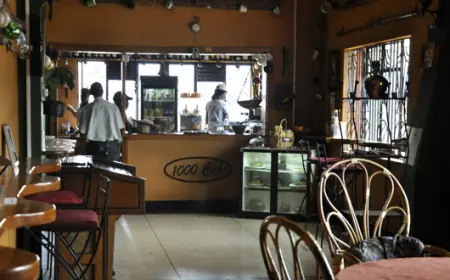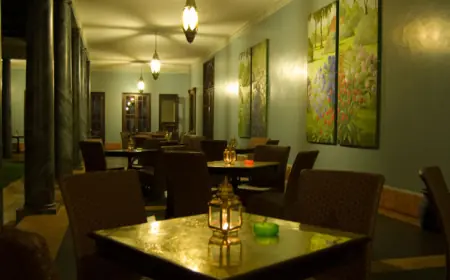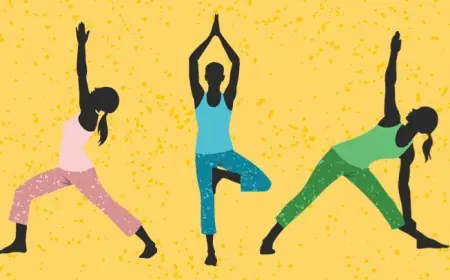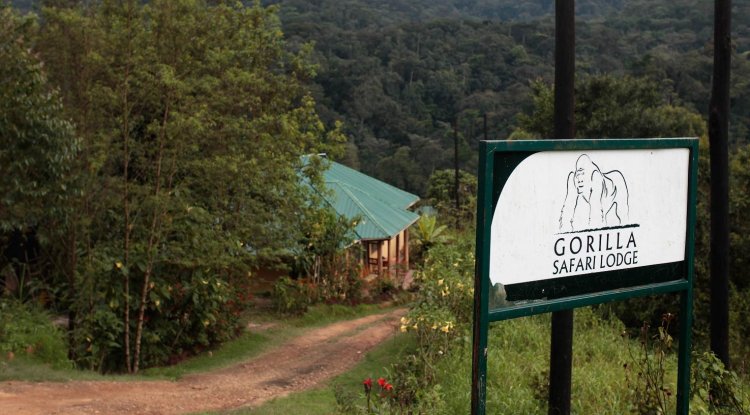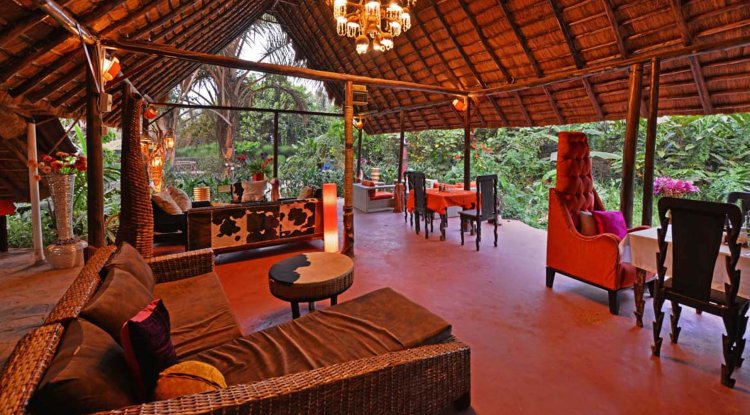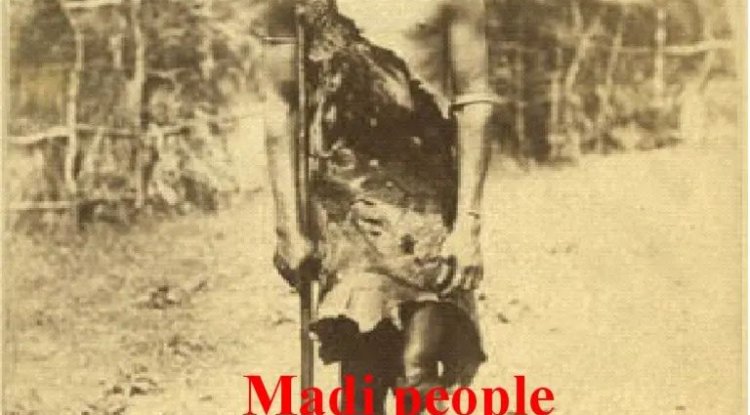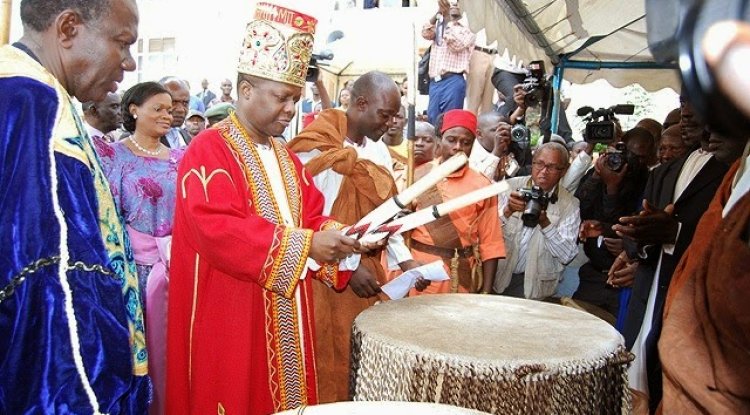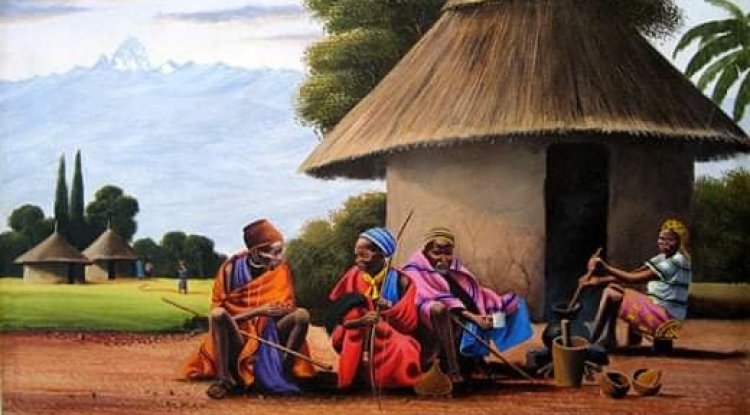The Karamojong: Guardians of the Red Earth
Let us embark on a journey to discover the hidden layers of Karamojong culture, beyond the headlines of cattle raids and conflict

“In the heart of Uganda’s northeastern Savannah, where the sun kisses the earth with relentless ardor, there exists a tribe whose roots run deep into the crimson soil. They are the Karamojong, a people whose lives are woven with threads of tradition, resilience, and an unyielding connection to their land.”
The Call of the Red Earth
The sun had just begun its ascent, casting a warm glow over the vast expanse of Karamoja. The air was thick with the scent of dust and the distant promise of rain. As I stood on the red earth, surrounded by acacia trees and the rhythmic hum of cicadas, I felt the heartbeat of a tribe that has defied time and modernity.
The Karamojong are more than just a tribe; they are the guardians of this arid land. Their story is etched into the very fabric of Uganda, yet it remains largely untold. Let us embark on a journey to discover the hidden layers of Karamojong culture, beyond the headlines of cattle raids and conflict.
The Nomads of the Red Earth
A Nomadic Heritage
The Karamojong live in the southern part of the region in the north-east of Uganda, occupying an area equivalent to one-tenth of the country. According to anthropologists, the Karamojong are part of a group that migrated from present-day Ethiopia around 1600 A.D. and split into two branches. One branch moved to present-day Kenya to form the Kalenjin group and Maasai cluster. The other branch, called Ateker, migrated westwards. Ateker further split into several groups, including Turkana in present-day Kenya, Iteso, Dodoth, Jie, Karamojong, and Kumam in present-day Uganda, and also Jiye and Toposa in southern Sudan, all of them now known as the “Teso Cluster” or “Karamojong Cluster.”
The name “Karamojong”
The Karamojong were originally known as the Jie. The name Karamojong is derived from the phrase “ekar ngimojong,” meaning “the old men can walk no further.” According to tradition, the people now known as the Karamojong Cluster or Teso Cluster migrated from Abyssinia between 1600 and 1700 AD as a single group. When they reached the area around the modern Kenyan-Ethiopian border, they fragmented into several groups, including those that became Turkana, Toposa, and the Dodoth.
A Community Lifestyle
The Karamojong live a communal lifestyle of extended families in very large homesteads, manyatta, sharing compounds. Thorny fences and wood encircle the manyatta for protection against raids from other cattle rustlers and wild animals. Livestock kraals are located in the center of the manyatta; men set campfires and keep guard overnight.
Marriage
A young Karamojong man must wrestle the woman he wishes to marry as both a rite of passage into manhood and a prerequisite for engagement. If he wins the wrestling bout against the woman, he is deemed a man and can marry her. This ensures that the man will be strong enough to look after and protect his wife. Following a successful match, dowry talks can begin. If the young man fails to overcome the woman in the wrestling match, his people will not consider him a man, and he will frequently leave to marry a lady from a different people-group where a test of strength is not necessary. If a non-Karamojong man wishes to marry a Karamojong lady, he must also undergo this rite.
The Dance of the Warriors
The Karamojong are known for their vibrant dances, which tell stories of bravery, love, and the rhythm of life. The “Edonga” dance is a celebration of strength and resilience, performed by warriors adorned in colorful beads, feathers, and animal skins. Their movements mimic the hunt, the chase, and the triumph over adversity.
Language
Similar to Turkana, the Karamojong language uses the prefixes ŋi- and ŋa- to refer to both people and language. The lack of a prefix denotes the location where they live. All of the aforementioned branches of Ateker speak mutually intelligible languages. The Lango in Uganda share ethnic and genetic characteristics with the ŋiKarimojong, including similar names, but speak a Luo dialect.
Conclusion
As the sun dipped below the horizon, casting a fiery glow over the savannah, I realized that the Karamojong are more than just a tribe; they are the heartbeat of a land that refuses to be forgotten. Their resilience, their dances, and their connection to the red earth are a testament to the enduring spirit of a people who have walked this land for centuries.
So, the next time you hear the whisper of the wind across the plains of Karamoja, remember the Karamojong—the guardians of the red earth.
What's Your Reaction?
 Like
0
Like
0
 Dislike
0
Dislike
0
 Love
1
Love
1
 Funny
0
Funny
0
 Angry
0
Angry
0
 Sad
0
Sad
0
 Wow
0
Wow
0
